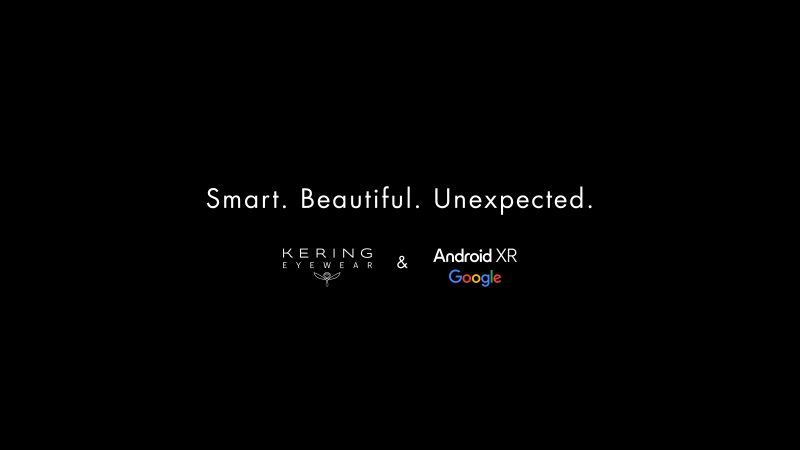When haute eyewear meets Silicon Valley’s brightest minds, the result is something between a design revelation and a tech daydream. At least, that’s what Kering Eyewear and Google are betting on with their newly announced partnership to develop AI-powered smart glasses using Android XR.
It’s a match made not in heaven, perhaps, but in an innovation lab — where fashion’s obsession with futurism meets tech’s long-held ambition to make smart glasses actually cool.
The Luxury-Geek Courtship
Kering, the luxury conglomerate whose eyewear division covers everyone from Gucci to Saint Laurent to Maui Jim, brings with it impeccable design credentials — the kind that drape celebrities across fashion weeks and dominate retail vitrines in Saint-Tropez and SoHo. Google, meanwhile, has a track record of moonshots and market detours. (Remember the original Google Glass? Neither does most of fashion.)
But this time feels different. There’s a newfound humility in Google’s tone, and a clear aesthetic authority on Kering’s side. The union of Android XR — Google’s next-generation extended reality platform — and Kering’s luxury eyewear savoir-faire signals more than another smart gadget. It’s a statement of intent. A vision (pun intended) for wearables that people might actually want to wear.
From Accessory to Interface
Let’s set the scene. You slide on a pair of slim, elegant Balenciaga frames. But instead of just shielding your eyes from the paparazzi, they intuitively layer directions, messages, translations, and real-time contextual data onto your world — quietly, stylishly, and (hopefully) seamlessly.
It’s not just “wearable tech.” It’s human-centric design with a digital brain. Think voice-guided tasks, ambient computing, visual overlays — all tailored by AI to your personal needs and style. All while looking like you stepped out of a Chloé campaign, not a cybersecurity conference.
And that’s the crux. These glasses won’t scream “early adopter.” They’ll whisper “early insider.”

photo @Kering Eyewear Partners With Google to Develop Smart Glasses
A Subtle Power Move by Kering
For Kering Eyewear CEO Roberto Vedovotto, this is more than an experiment — it’s a declaration. In a luxury landscape increasingly defined by experiences, customization, and lifestyle ecosystems, smart eyewear is a frontier worth claiming.
It’s also a way for Kering to leapfrog its rivals. LVMH has dabbled in connected watches. Apple courts Hermès. Prada has its own sustainability-tech narrative. But no one — until now — has truly married luxury eyewear with immersive AI-first technology in a way that feels both credible and covetable.
With this move, Kering isn’t just future-proofing its portfolio. It’s rewriting the rules of what luxury accessories do.
Of Course, There’s a Catch
Let’s not pop the Champagne just yet. Smart glasses have been the graveyard of good intentions. They’ve promised the moon, and delivered beta testers with headaches — or worse, fashion faux pas. Consumers are wary. The line between wearable and gimmick is razor-thin.
The success of this partnership will hinge not just on the tech or the looks, but on how invisibly and intuitively these two worlds can merge. Will the glasses feel like magic — or like one more notification we didn’t ask for?
And then there’s privacy. What does AI-powered eyewear mean for those being seen, not just those doing the seeing? For a luxury brand group steeped in the intimacy of craftsmanship, it’s a new ethical tightrope.
Eyes Forward
Still, there’s an undeniable allure to the vision being crafted here. A future where your Bottega Veneta sunglasses help you navigate Venice’s canals with live AI whispering the history of each palazzo. Where your Maui Jim lenses adjust to your mood, your schedule, or your stress levels. Where the real and virtual blur not with noise, but with nuance.
In the hands of Kering and Google, smart glasses are no longer just the domain of tech bros and speculative investors. They’re being reimagined as objects of beauty and function, intimacy and insight — couture for the curious age.
And if they pull it off? We may soon be talking not just about what people are wearing, but what their eyewear is thinking.

